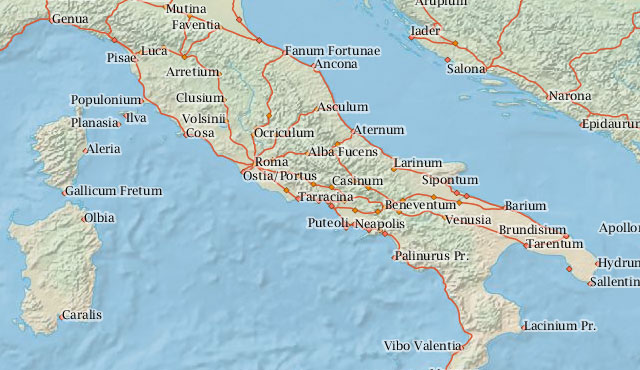
1. Our immune system may be like those small bands of Japanese “holdout†soldiers after World War II. Not knowing that the war was over, they hid for years, launching guerrilla attacks on peaceful 
villages.
2. With our living environment well scrubbed of germs, our body’s immune “soldiers†mistakenly fire on innocent peanuts and cat dander.
5. Most food allergies result from an immune response to a protein. In 2004 a team at Trinity College Dublin tried to counter that reaction by injecting mice with parasites, giving the animals’ immune systems the sort of threat they evolved to fight, thus distracting them from the food proteins.
6. The experiment worked.
7. Excited by such findings, in 2007 British-born entrepreneur Jasper Lawrence flew to Cameroon and walked barefoot near some latrines. His aim was to acquire hookworms, which he hoped would defeat his asthma and seasonal allergies.
8. That worked too.
9. Lawrence has since started a business shipping the parasites worldwide (but not here, where the FDA prohibits it). For $3,000, customers receive up to 35 hookworm larvae…
from Discover Magazine



